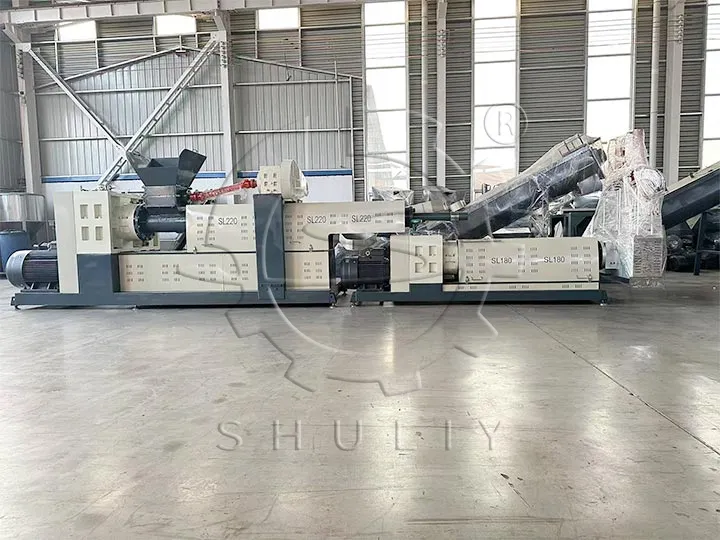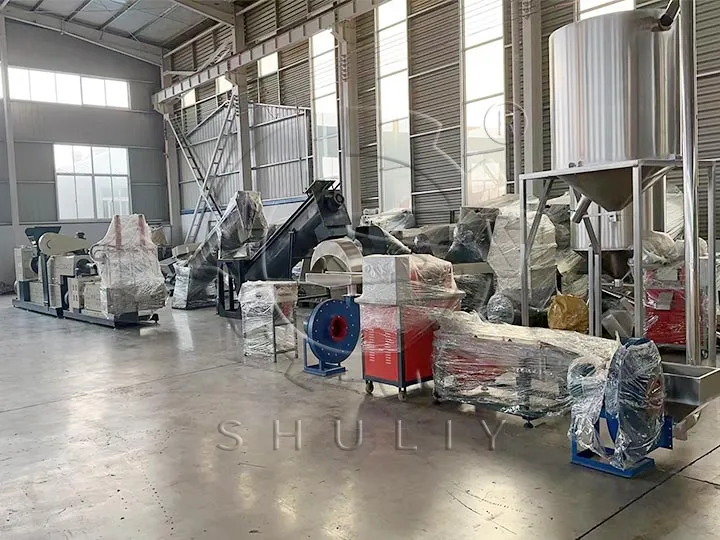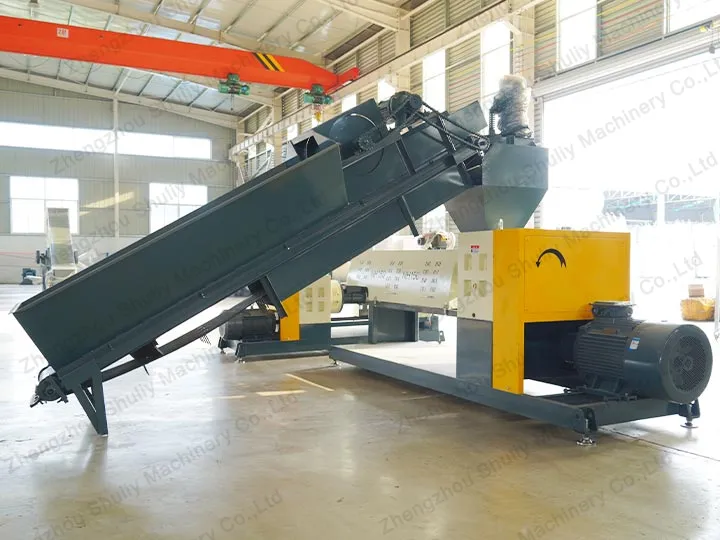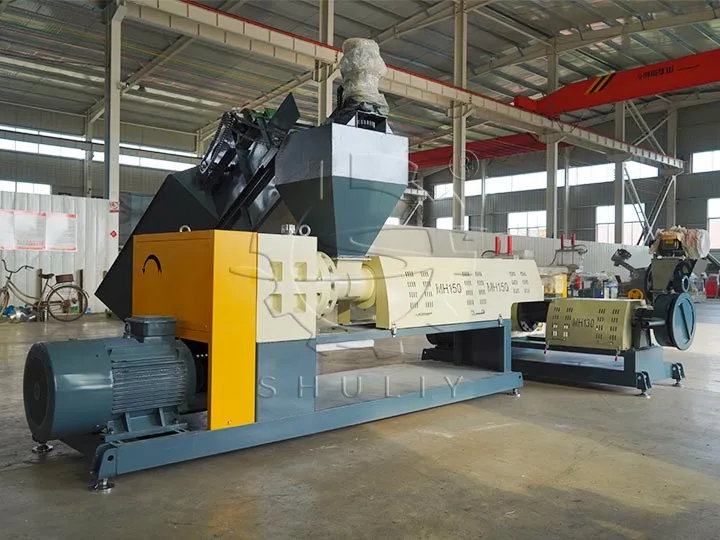Waste plastic granulation machine, also known as plastic pellet making machine or plastic granulator, is a specialized equipment used to process waste plastics and convert them into recycled pellets. These recycled pellets can be reused in the production of plastic products, reducing the need for new plastic raw materials and helping to alleviate plastic pollution and resource waste.

Working principle of waste plastic granulation machine
The working principle of a waste plastic granulation machine consists of the following steps: firstly, the raw plastic is fed into the machine through a feeding system. Subsequently, using a rotating screw or drum, the raw material is compressed, heated and gradually melted inside the plastic pelletizing extruder machine. As the plastic melts, it is extruded through a specific die or extrusion mechanism to form a continuous plastic filament or pellet.
During this process, precise control of the different shapes and sizes of the plastic pellets can be achieved by means of different molds and adjustment parameters. Finally, the extruded plastic is rapidly cooled by a cooling system to solidify it into strong pellets.
Factors affecting the performance of plastic granulator
- Plastic type: Different types of plastics have different melting points, fluidity and extrusion characteristics. Therefore, the performance of waste plastic granulation machine is affected by the type of plastic. Some special plastics, such as polyvinyl chloride (PVC), may require additional processing steps.
- Temperature control: Temperature control is critical throughout the pelletizing process. Excessively high or low temperatures can lead to reduced pellet quality or even waste plastic granulation machine failure. Therefore, precise temperature control of the heating, cooling and extruding zones is critical to ensure proper operation of the plastic pelletiser.
- Screw design: The screw is one of the key components in plastic pelletizing machine. The design of the screw affects the extrusion and compression process of plastic. A properly designed screw can improve the uniformity and quality of pellets.



